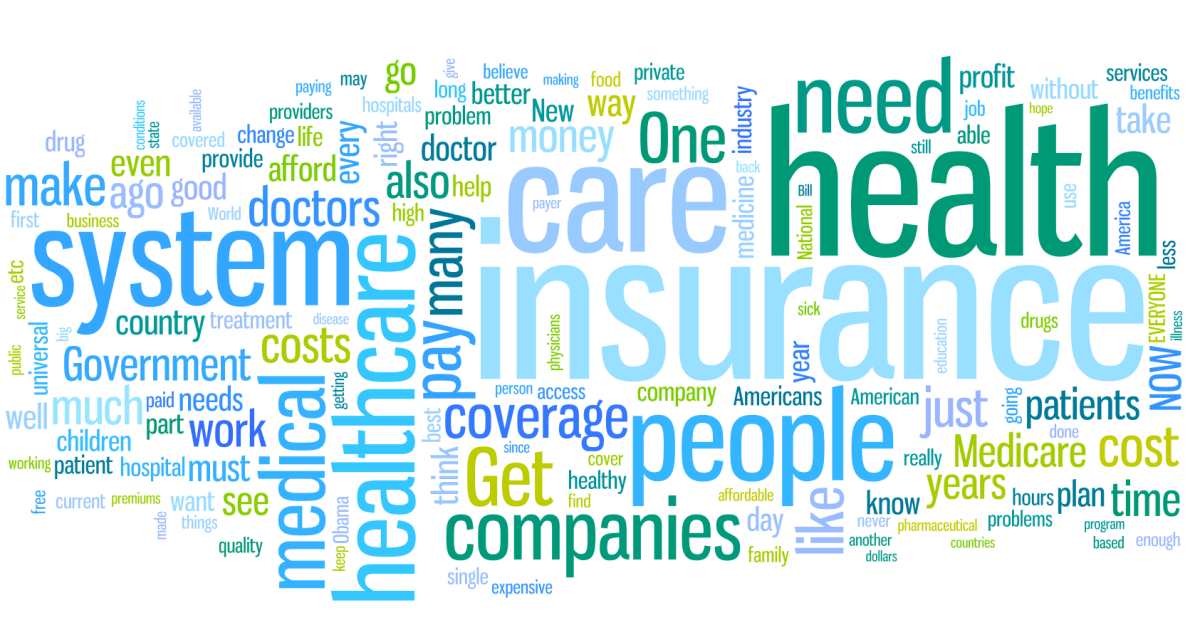Patients Approve of Patient Portal Improvement: Patient Portal and Health Care
Patient Portals in Health Care
Each year, technological advances in the health care industry offer patients unprecedented levels of care and support. The patient portal concept is one of those. Patient portals, which allow patients to log in to their doctor's office and receive support, view their own medical records or access information that is relevant to their care, or direct patients to online health care content, have slowly risen in both their availability and in the standards of care that they offer for patients.
Patient Portals and Patient Engagement
Ultimately, the greatest use for patient portal tools is in patient engagement. By allowing patients easy access to their own medical records and other data, doctors make it possible for patients to be much more involved with their own standards of care. More patient engagement doesn't just make better patient outcomes possible. It also makes it possible for care teams to coordinate their treatment as never before.
A recently conducted survey reported by HIT Consultant breaks down the importance of patient engagement tools and the response of patients and physicians to the changes in these tools. Thanks to the increase in availability of patient portals over the last several years (the survey reports that approximately 84% of patients are aware that their physician's office has a patient portal), it's possible to examine the benefits of patient portals and other patient engagement tools as never before.
Who's Using Patient Portals?
The survey reports that in general, older adults are more likely to access the patient portal than their younger counterparts. While 61% of adults age 55 and older use the patient portal services available at their physicians' offices, only 45% of adults age 1854 take advantage of those services. Though the younger generation comes from a more technologicallysavvy era, older adults are more likely to have complex health concerns that require managing through the patient portal and other services. It is likely, therefore, that as a generation familiar with technology ages, patient portal usage will increase further.
Telehealth Engagement
Even with modern medicine, doctor's visits typically take place in person. Often, that means that an entire schedule has to be arranged around a doctor's visit, even if it's a followup for a previous issue or an issue that's fairly easily resolved. With frequent long wait times in offices, a visit to the doctor's office can set an entire day off track. While telehealth options can't entirely replace inperson visits, the survey reports that 64% of patients would choose virtual visits with their doctor at least part of the time.
This number increases drastically in parents with children under the age of eighteen at homethose who are the most drastically pressed for time and who often have the largest number of appointments to juggle. Among these individuals, 76% of those surveyed indicated that they would choose virtual visits at least a portion of the time. 27% of the individuals surveyed admitted that they would always choose a virtual visit any time that option was available to them.
The survey also indicates that physicians share their patients' interest in telehealth visits. Approximately 61% of physicians believe that telehealth visits would be an appropriate option for patients on occasion.
This trend is hardly surprising, but it's one that medical practices would do well to heed in the coming years. As technology has improved, virtual visits have the ability to take over for some simple office visits. A skin check, eye infection, or followup visit can easily be accomplished over the internet, leading to a much smoother and quicker experience for the patient. Technology can't replace handson interaction, but it can streamline simpler visits and make it easier for many patients to get the care they need without disrupting their days.
Patient Portals and Wearable Health Devices
Wearable health devices track patient information in a way that a physician could never duplicate in the office. Since around a third of the people who have a wearable device wear them every day, they build data about a patient's lifestyle that is far more accurate than patient selfreporting. 78% of people who use those devices feel, according to the survey, as though their doctors would benefit from having that information, and attaching it to the patient portal means that the information would be readily accessible along with other patient data.
Physician-Assessed Benefits
Of the primary benefits physicians associate with patient portals, most are related to ease of access. 75% of physicians believe that one of the greatest benefits is easy notifications and reminders of appointments, while 56% believe that permitting patients to schedule their appointments through the portal can be of immense benefit to both the practice and the patient. Since 60% of patients would be willing to schedule at least some of their appointments through the online portal, this is obviously a benefit that they would appreciate, as well.
Three out of four physicians also believe that one of the primary benefits of the patient portal system is ease of patient access to their own healthcare information. When patients have to struggle to access their own medical records, they often find their questions going unanswered or forget to check back in for test results and other information. They simply assume that as long as they haven't been informed of a problem, everything must be fine. By permitting easy, convenient access to patient medical records, physicians make it much easier for patients to keep up with their own health care information and provide it to everyone involved in their care.








